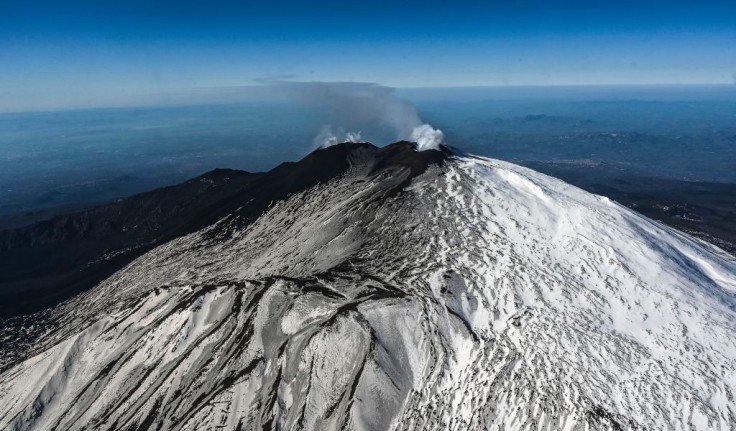
Scientists have recently begun spying on Europe's most active volcano using an unusual new surveillance device: fiber-optic cables.
Researchers revealed how they utilized a technology known as distributed acoustic sensing (DAS) to pick up seismic signals that traditional sensors missed.
Fiber Optics Being Used as a Surveillance Device for Mount Etna
Mount Etna, an active volcano on Sicily's east coast, is Europe's highest active volcano with a top elevation of about 10,900 feet (3,320 meters). As Europe's most active volcano, Mount Etna is one of the most thoroughly monitored volcanoes on Earth.
However, scientists have recently begun spying on Mount Etna using an unusual new surveillance device: fiber-optic cables. In a paper published on March 31 in the journal Nature Communications, researchers revealed how they utilized a technology known as distributed acoustic sensing (DAS) to pick up seismic signals that traditional sensors missed. This technology could aid in the improvement of the early warning system used by residents in the surrounding areas of Italy.
How Does Scientists Used Fiber Optics To Detect Volcanic Activity
According to Ars Technica, Fiber optics transfer signals from point A to point B in the form of light pulses. However, if the cable is disrupted by an earthquake, a little portion of the light is reflected back to the source. Scientists employ an "interrogator" to measure this, which fires a laser through the fibers and analyzes the results. Researchers can discern disturbances at various lengths along the wire because they know the speed of light.
Other volcanic events were also identified by the cable. They were either missing or barely recognized by traditional sensors. It recorded degassing events, which occur when the volcano emits a plume of water vapor and other gases such as carbon dioxide. As Ars Technica reported, the researchers believe these pulses are caused by the flow of gas or liquid at depth, which causes degassing events.
One of the many advantages of DAS compared to traditional sensors is that it is easier to maintain.
Ariel Lellouch, a geophysicist who uses the technology at Tel Aviv University but was not involved in this study, said, "One of the main benefits of DAS that often tends to be overlooked is that DAS can pick up things in a lot of frequencies."
An infrared sensor, on the other hand, only detects low-frequency sounds.
"The fiber just lays there, compared to traditional sensors that need telemetry, and sometimes they need batteries and you need to replace them," Lellouch added.
Meanwhile, Marco Aloisi, a student at Italy's National Institute of Geophysics and Volcanology who particularly studies Mount Etna but was not involved in the research, said that DAS could be used to supplement existing volcanic monitoring methods. Because of the large number of people that reside nearby, Mount Etna is closely monitored, with over 200 monitoring stations. However, this necessitates a large amount of human effort, and the less time humans spend near an active volcano, the better.
"The real challenge is having many human resources and a reliable technology to allow a continuous operation of the entire system," says Aloisi.









